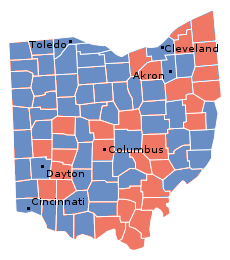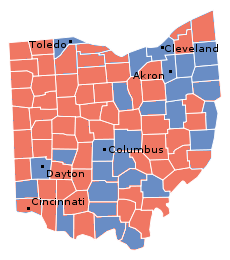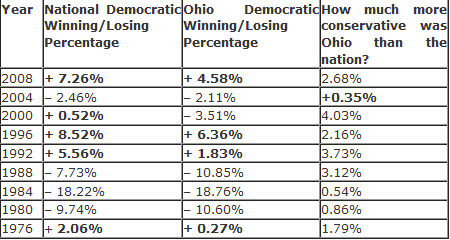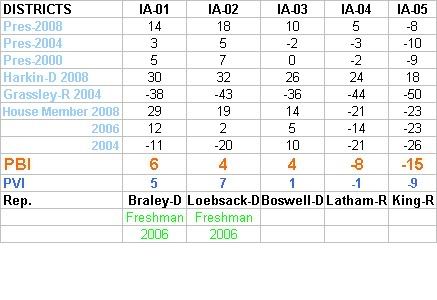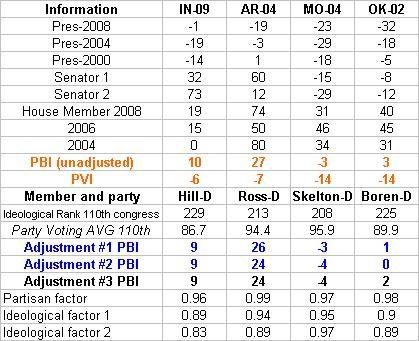My latest election contest is ready (cutting it close to the wire). I do this primarily by email, but thought I’d post here and open it up to others. Feel free to invite anyone who might be interested to enter, as long as they do so by about Noon PST Tuesday, Feb. 5.
INTRODUCTION
Finally, the Super Tuesday contest. I’ll allow entries until about Noon PST Tuesday. I’m not sure things will be any more clear in 26 hours than they are now.
There’s so much happening Tuesday that one could ask a bunch of different questions. Please answer at least the main contest question and the tie breakers.
Some people have expressed interest in other questions, so those will follow. They’ll be treated as separate contests and are optional.
MAIN CONTEST QUESTIONS
DEMOCRATIC PARTY CONTESTS
Primaries: AL, AS, AZ, AR, CA, CT, DE, GA, IL, MA, MO, NJ, NY, OK, TN, UT
Caucus/conventions: AK, CO, ID, KS, MN, NM, ND (also, DA begin voting) [Do not use in main question.]
AS = American Samoa
DA = Democrats Abroad
Main question — List the primary states won by each candidate, according to plurality popular vote (to make it easier to answer, “none” and “the rest” are acceptable answers):
Hillary Clinton:
Barack Obama:
Scoring – 1 point per pledged delegate at stake in each state you get right.
First Tie-breaker — List the number of pledged delegates each candidate will win on Feb. 5 (1,449 pledged delegates are at stake), including:
Hillary Clinton:
Barack Obama:
Second Tie- breaker — Who wins CA and by what percentage margin statewide?
REPUBLICAN PARTY CONTESTS
Primaries: AL, AZ, AR, CA, CT, DE, GA, IL, MA, MO, NJ, NY, OK, TN, UT
Caucus/conventions: AK, CO, DA, MN, MT, ND, WV [Do not use in main question.]
Main question — List the primary states won by each candidate, according to plurality popular vote:
Mike Huckabee:
Mitt Romney:
John McCain:
Ron Paul:
Scoring – 1 point per pledged delegate at stake in each state you get right.
First Tie-breaker — List the number of pledged delegates each candidate will win on Feb. 5 (836 pledged delegates are at stake):
Mike Huckabee:
Mitt Romney:
John McCain:
Ron Paul:
Second Tie-breaker — Who wins CA and by what percentage margin statewide, over which second place candidate (e.g., “Smith over Jones by 4%”)?
SUPPLEMENTAL QUESTIONS (OPTIONAL)
1) Which candidates, if any, drop out immediately (within 48 hours) after Feb. 5?
Democratic candidates (Clinton, Obama, Gravel):
Republican candidates (Huckabee, Romney, McCain, Paul):
2) Aggregate percentage of the vote in the Feb. 5 primary states?
Hillary Clinton:
Barack Obama:
Others:
Mike Huckabee:
Mitt Romney:
John McCain:
Ron Paul:
Others:
Some longer term questions:
4) On what date will the party’s nominee mathematically clinch the nomination (counting unpledged delegate endorsements)?
FYI REFERENCE INFO
DEMOCRATIC PARTY CONTESTS
Primaries: AL, AS, AZ, AR, CA, CT, DE, GA, IL, MA, MO, NJ, NY, OK, TN, UT
Caucus/conventions: AK, CO, ID, KS, MN, NM, ND (also, DA begin voting)
REPUBLICAN PARTY CONTESTS
Primaries: AL, AZ, AR, CA, CT, DE, GA, IL, MA, MO, NJ, NY, OK, TN, UT
Caucus/conventions: AK, CO, DA, MN, MT, ND, WV
Primary (not caucus) election states, with the number of Dem/GOP delegates at stake, by poll closing time (PST) and number of Dem delegates at stake:
4pm – GA (87/72)
5pm – IL (153/57), NJ (107/52), MA (93/40), MO (72/58), TN (68/52), AL (52/45), CT (48/27), OK (38/38), DE (15/18)
5:30pm – AR (35/34)
6pm – NY (232/87), AZ (56/50)
7pm – UT (23/36)
8pm – CA (370/170)
If the delegates don’t match what you see in the media, that’s because they often just list the total number delegates per state. I am excluding each state’s unpledged delegates however, as they are not chosen in these primaries and are free to support any candidate they choose at the national conventions.
LINKS
Reference:
The Green Papers: http://www.thegreenpapers.com/…
2008 Democratic Convention Watch: http://demconwatch.blogspot.com/
CNN Dems: http://www.cnn.com/ELECTION/20…
CNN GOP: http://www.cnn.com/ELECTION/20…
Polling sites:
Pollster: http://pollster.com/
Real Clear Politics: http://www.realclearpolitics.com/ (right wing, but for these elections, their averages might be more useful than pollsters trends)

